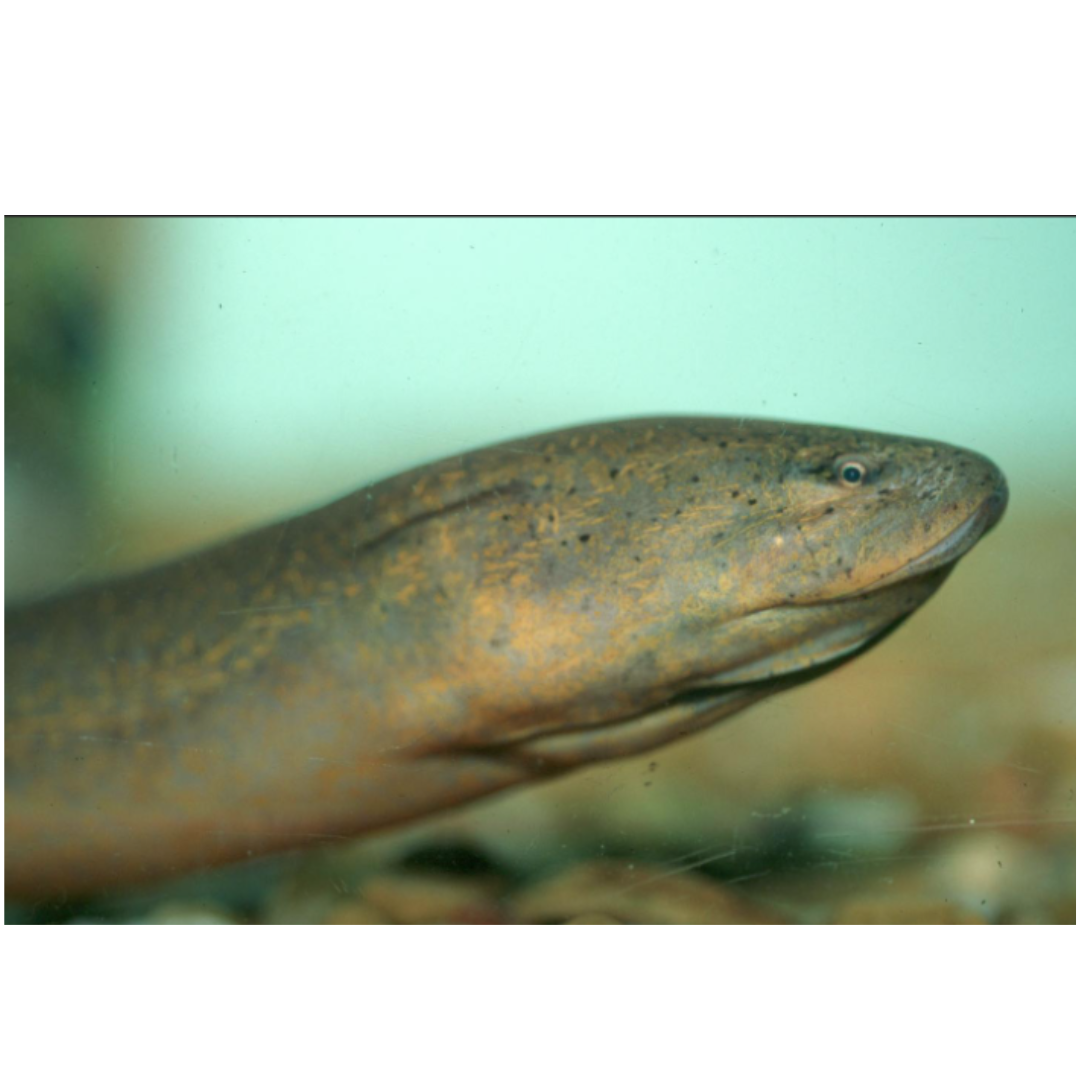
Asian Swamp Eel
Share
The Asian Swamp Eel (Monopterus albus) is an invasive fish species that has raised concerns in various regions across the United States. Native to Southeast Asia, this resilient eel has established populations in freshwater habitats, particularly in Florida, Georgia, and Hawaii.
Identification
Asian Swamp Eels are long, slender fish with a cylindrical body that can grow up to 3 feet in length. They have a smooth, scaleless skin that ranges in color from olive to brown. Unlike typical eels, they lack pectoral fins and have a small, pointed head with a prominent mouth and sharp teeth.
Habitat and Behavior
This species thrives in a variety of freshwater environments, including swamps, rice paddies, canals, and ditches. Asian Swamp Eels are highly adaptable, capable of breathing air and surviving in low-oxygen conditions. They are nocturnal and tend to burrow into mud during the day. These eels are opportunistic feeders, consuming a wide range of prey, including fish, insects, crustaceans, and amphibians.
Ecological Impact
The introduction of the Asian Swamp Eel to non-native waters poses significant ecological risks. Their voracious appetite and adaptability allow them to outcompete native species for resources. This can lead to a decline in native fish and amphibian populations, disrupting the balance of local ecosystems. Additionally, their burrowing behavior can alter habitats, further impacting native species.
Management and Control
Controlling the spread of Asian Swamp Eels is challenging due to their ability to survive in harsh conditions and their elusive nature. Management strategies include monitoring known populations, educating the public on the risks of releasing non-native species, and implementing physical barriers to prevent their movement into new areas. Research into biological control methods is ongoing, but no definitive solution has been found.
Conclusion
The Asian Swamp Eel is a resilient and adaptable invasive species that threatens freshwater ecosystems in the United States. Understanding their characteristics, habitat preferences, and ecological impact is essential for managing their populations and protecting native species. Effective management and public awareness are crucial in mitigating the spread of this invasive eel.
